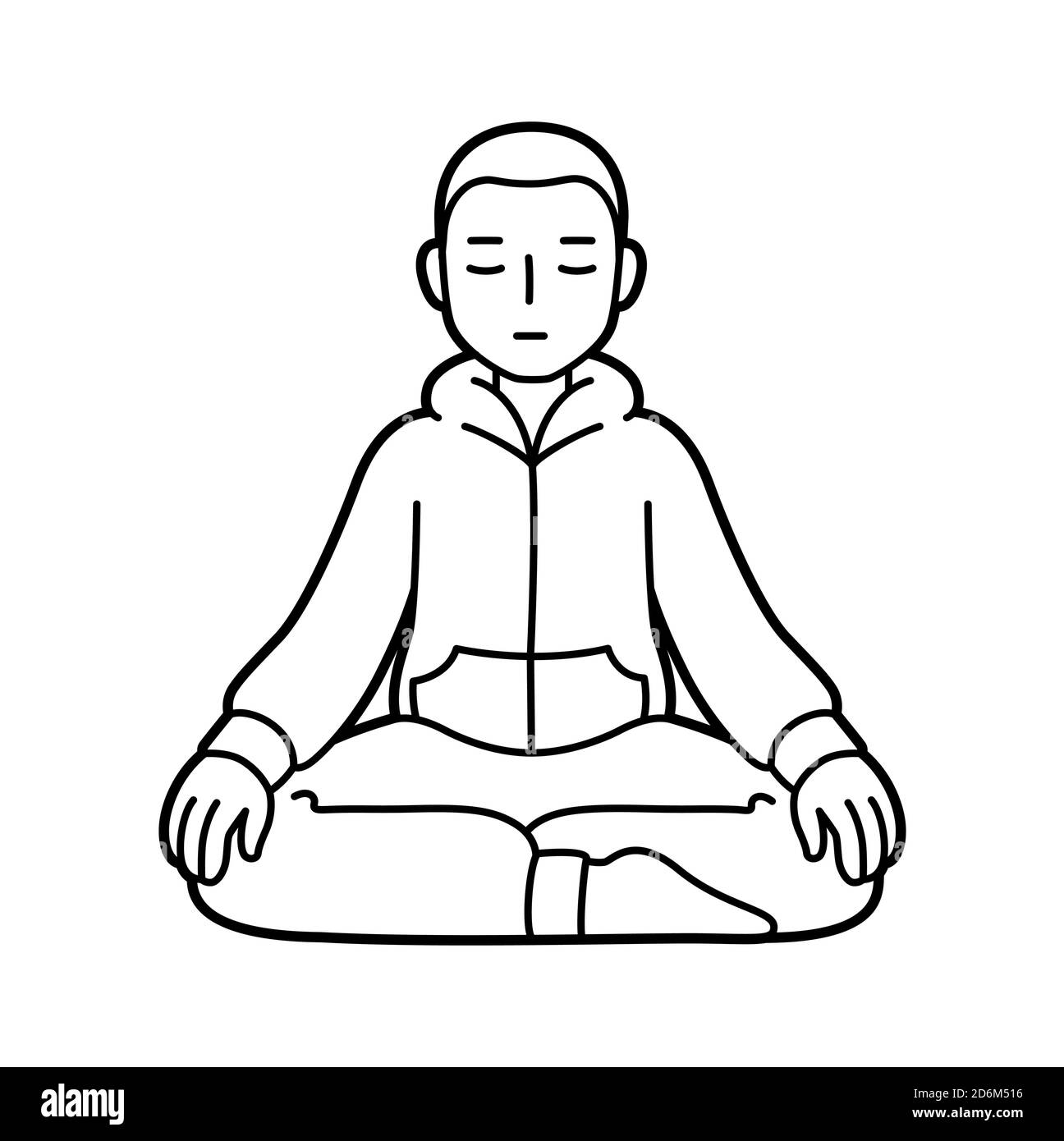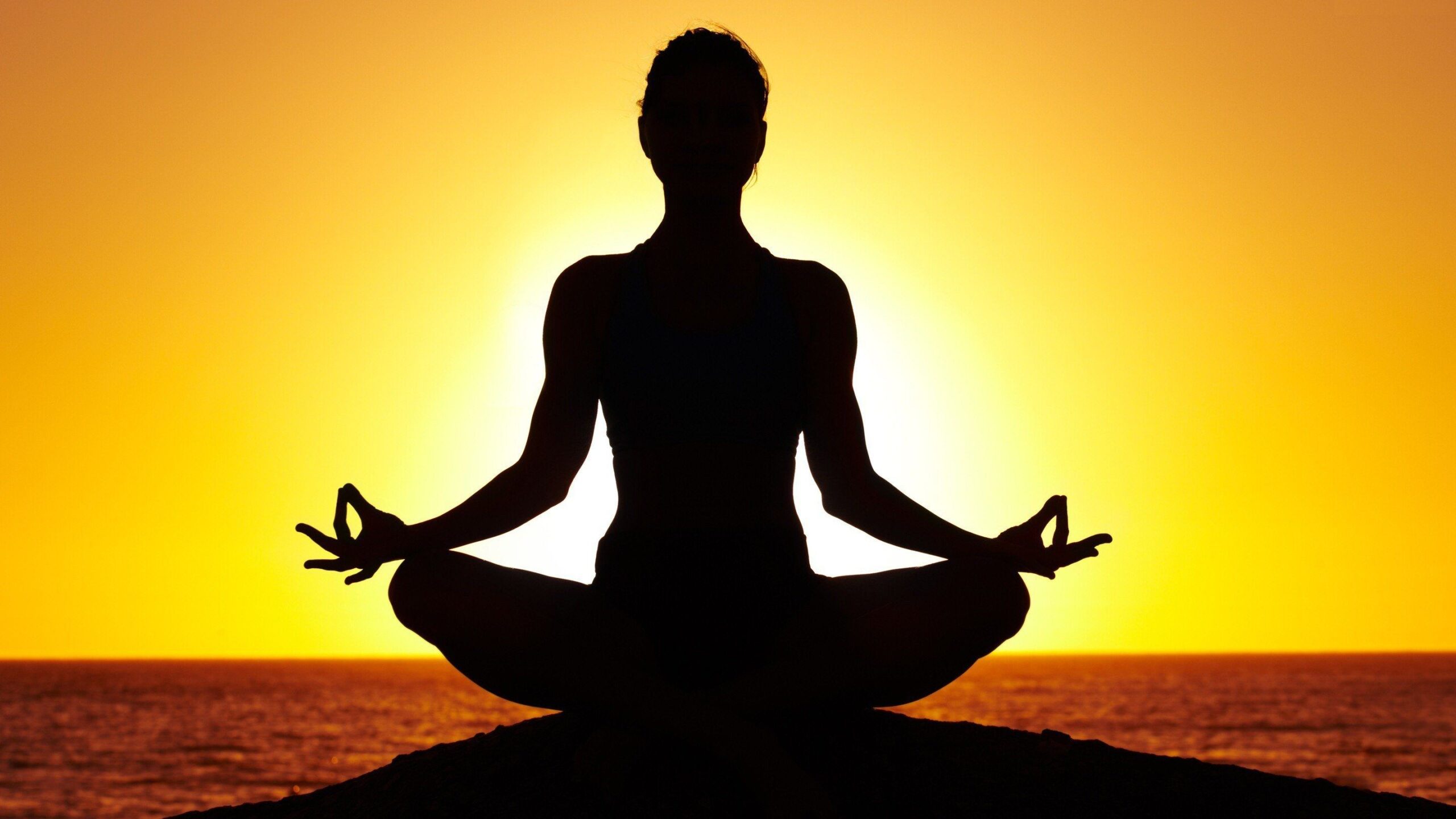How to Meditate? Tips for Creating Your Suitable Reflection Room
How to Meditate? Tips for Creating Your Suitable Reflection Room
Blog Article
Just How to Meditate: A Detailed Approach to Getting Mindfulness and Tranquility
Meditation functions as a powerful tool for attaining mindfulness and emotional calm in a busy world. By comprehending the basic principles and strategies involved in meditation, people can grow a technique that improves their overall wellness. This conversation will describe vital actions, from developing a conducive setting to integrating meditation into everyday regimens. As we discover these parts, it ends up being clear that the trip to mindfulness is not just concerning the act of being in silence, but rather regarding promoting a much deeper link with oneself and the globe around us. What might this makeover entail?
Recognizing Meditation
Recognizing reflection includes grasping its basic concepts and strategies, which function as the structure for the technique. At its core, reflection is a psychological workout intended at advertising leisure, constructing inner power, and developing empathy and understanding. The practice motivates people to focus their attention, frequently through strategies such as deep breathing, visualization, or rule rep.
Meditation can be classified into different designs, including mindfulness, transcendental, and loving-kindness meditation, each with unique objectives and approaches. Mindfulness meditation stresses present-moment understanding and non-judgmental observation of feelings and ideas, while copyright involves making use of certain mantras to go beyond regular mind. Loving-kindness meditation concentrates on developing a perspective of love and concern towards oneself and others.
No matter of the technique used, the primary goal stays consistent: to cultivate a much deeper understanding of the mind and its patterns. This self-awareness promotes psychological strength, clarity of idea, and a profound feeling of calm (How to meditate?). By recognizing these principles and strategies, individuals lay the foundation for a successful reflection practice that can significantly improve their total wellness
Getting Ready For Your Technique
Before starting your meditation technique, it is necessary to develop an atmosphere helpful to focus and leisure. Select a silent space where you are not likely to be disturbed. This can be a corner of an area, a garden, or any kind of area that stimulates a sense of tranquility. Make sure that the area is tidy and cost-free of mess, as a clean environment can assist remove the mind.
Consider the illumination, as natural light can improve your mood and energy. Soft, warm illumination is commonly extra relaxing than severe fluorescent lights. Additionally, select a comfy temperature level, ensuring that you are neither as well warm nor too chilly.
Including elements that promote peace can further improve your experience. This might include soft paddings or coverings for convenience, along with calming aromas from crucial oils or incense. It can also be advantageous to have a timer set for your reflection session to avoid distractions from clock-watching.
Standard Meditation Techniques

An additional effective method is body check reflection. This involves psychologically checking your body from head to toe, you could check here noticing any type of locations of stress or discomfort and knowingly loosening up those muscles. This method cultivates a much deeper connection between your body and mind.

Finally, loving-kindness meditation focuses on cultivating compassion in the direction of yourself and others. Silently repeat expressions of a good reputation, boosting psychological health and interconnectedness. Each of these methods works as a structure for your meditation journey, permitting you to find the approach that resonates best with your individual practice.
Keeping Focus and Mindfulness

Developing a dedicated meditation space can enhance the ability to keep mindfulness. A silent, minimalist setting lessens navigate to this site distractions, allowing for much deeper immersion in the technique. In addition, establishing a time restriction can assist handle expectations; starting with shorter sessions might reduce the change right into longer methods.
Utilizing techniques such as body scanning or observing sensations can additionally strengthen mindfulness. These techniques motivate specialists to stay existing and involved with their physicality, anchoring their attention in the moment. Normal technique is essential; the mind develops durability in time, creating a more powerful capability for focus.
Incorporating Meditation Into Day-to-day Live
Including meditation right into every day life can transform regular tasks into possibilities for mindfulness and self-reflection. By incorporating mindfulness practices right into usual jobs, anonymous individuals can grow a higher sense of existence and serenity among the busyness of everyday life.
Begin by identifying moments throughout your day where you can stop and practice mindfulness. Also mundane tasks like cleaning recipes or walking can become chances for reflection by directing your attention to the feelings of activity and the audios surrounding you.
Furthermore, alloting dedicated times for reflection can reinforce its practice. Start with short sessions, slowly boosting duration as you become a lot more comfortable. Usage tips or hints-- like a certain time of day or a soothing sound-- to develop consistency.
Inevitably, the objective is to weave mindfulness right into the material of every day life, permitting you to approach each minute with intent, consequently improving your general sense of well-being and clarity.
Verdict
In conclusion, reliable meditation requires a peaceful environment, a comfy setting, and a focus on the breath. Normal meditation, also in short sessions, promotes a deeper link to the present minute, eventually leading to greater tranquility and psychological clarity in everyday life.
Meditation can be classified into numerous styles, including mindfulness, transcendental, and loving-kindness reflection, each with unique objectives and techniques. Mindfulness reflection stresses present-moment understanding and non-judgmental observation of thoughts and sensations, while transcendental reflection involves the use of details mantras to transcend common idea processes.With your meditation area prepared, it's time to discover various fundamental reflection techniques that can assist grow mindfulness and internal peace.Regularly keeping emphasis and mindfulness throughout meditation can be challenging, specifically for those brand-new to the practice.Establishing a specialized reflection room can enhance the ability to preserve mindfulness.
Report this page